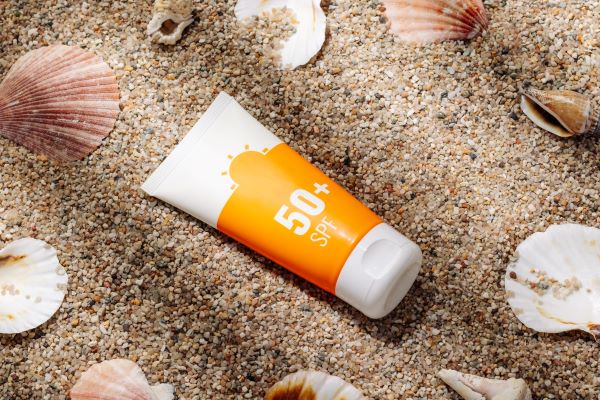Accidental injuries and illnesses that require first aid can be a frightening experience while out in the wilderness. In most scenarios, you are far away from civilization and hours away from the nearest hospital.
When providing aid in the wilderness, the goal is to prevent the condition from getting worse before further help becomes available. That said, it is important to learn first aid to be prepared for any situation in the great outdoors.
Outdoor Safety
All outdoor activities have a degree of excitement alongside risks, and travelling in the wilderness is no exception. While the health benefits of spending time outdoors are profound, it is important to stay safe during this time away from civilization.
The best and most effective way to prevent accidents, injuries, and mishaps are through adequate preparation. These include having researched the area, including the weather, terrain, and even limitation of your body. Adding a basic knowledge of first aid to the list can also help ensure a safe and enjoyable trip outdoors.
Wilderness First Aid Skills
Below are essential first aid skills that any outdoor enthusiast should know.
Treatment for Hypothermia
Hypothermia is a common hazard in the outdoors, which is characterized by the chilling of the body’s core temperature. It is often caused by certain conditions, such as an extreme drop in air temperature, wet clothing, strong winds, and lack of heat supply. It is important to stay alert for any conditions leading to hypothermia and its warning signs.
If you or others are in a situation where you need to rewarm the body temperature, the first thing to do is find shelter away from the cold. Remove all wet clothing and replace it with dry pieces right away.
Next is to drink warm beverages or eat high-calorie snacks if they are available. Put a blanket around the person to provide additional warmth.
Wound Care
If someone suffers from a bleeding wound while outdoors, the most effective first aid technique is to apply direct pressure to the wound. Find the source of blood, and using gloves and gauzes, apply steady, firm pressure to the bleed. Apply pressure for at least 20 minutes to allow the blood to clot.
For accidental sprains and strains, the best treatment is the RICE procedure (Rest, Ice, Compress, Elevate). Rest the injury and apply ice for at least 20 minutes. Compress the injury using a bandage or wet bandana without cutting off the blood circulation. Then, elevate the injury by raising it above the heart level.
Perform CPR
Cardiopulmonary resuscitation (CPR) is one of the skills you need to be familiar with before heading outdoors.
CPR is an emergency procedure involving chest compressions and rescue breathing that manually moves the heart and lungs in a cardiac arrest. Administering CPR help preserve brain function until the person’s breathing and heartbeat can resume on their own.
Formal training in CPR can teach you the important details, including where to push and the recommended depth and speed at which you should push.
These simple first aid steps can greatly reduce complications and prevent further damage until professional help is available.
Get First Aid Training
Everyone could benefit from knowing first aid skills. Even if you are a first-time hiker or an outdoor professional, it is better to have some knowledge of lifesaving procedures. It might be a solo trip where you suffer from injury, or your travel mates could trip and fall over along the way.
So tilt the odds in your favour and get some first aid training. Learn all the basics from wound care and soft injuries treatment to addressing more severe emergencies such as heart attack and cardiac arrest.
Interested in getting trained? Head over to our course page or contact us for more information.







